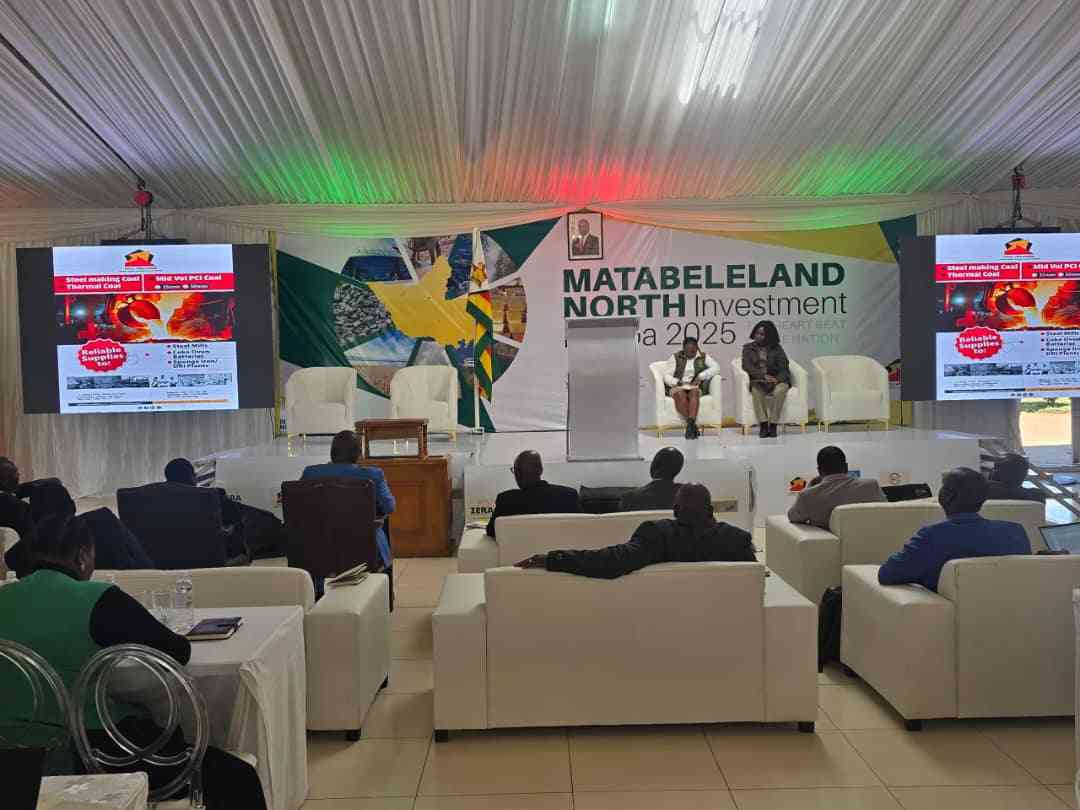
ACCORDING to the United Nations, the world’s population is expected to increase to 9,1 billion by 2050.
Feeding all those people will mean increasing food production by 70% according to the UN’s Food and Agriculture Organisation. This can only be achieved through a combination of higher crop yield and an expansion of the area under cultivation. 
However, the additional land available for cultivation is unevenly distributed and much of it is suitable for growing only a few crops. We have tried taking the genetically modified organisms route only to be met by a crescendo of protest from scientists and consumers. The only unexplored option left might be to create more agricultural land by building upwards.
Could the future in food production lie in vertical farming?
Such is the thinking behind vertical farming. The idea is that skyscrapers filled with floor upon floor of orchards and fields, producing crops all year round, will sprout in cities across the world.
As well as creating more farmable land out of thin air, this would slash the transport costs and carbon dioxide emissions associated with moving food over long distances.
It would also reduce the spoilage that inevitably occurs along the way. So they say! According to the UN pollution division, by 2050 around 70% of the world’s population will be living in urban areas.
So it just makes sense to move farms closer to where everyone will be living. Dickson Despommier, a professor of public and environmental health at Columbia University in New York is widely regarded as the progenitor of vertical farming.
- Chamisa under fire over US$120K donation
- Mavhunga puts DeMbare into Chibuku quarterfinals
- Pension funds bet on Cabora Bassa oilfields
- Councils defy govt fire tender directive
Keep Reading
In his 2010 book The vertical farm, he argues that the use of pesticides, herbicides and fungicides can be kept to be a bare maximum (in vertical farming) by growing plants indoors in a controlled environment. Soil erosion will not be a problem because the food will be grown hydroponically, in other words, in a solution of minerals dissolved in water.
Clever recycling techniques will ensure that only a fraction or the amount of water and nutrients will be needed compared to conventional farming and there will be no problem with agricultural run-off.
The necessary technology for vertical farming already exists. The glasshouse industry has more than a century’s experience of growing crops indoors in large quantities. It is now possible to tailor the temperature, humidity, lighting, airflow and nutrient conditions to get the best productivity out of plants, year round, anywhere in the world.
The technology of hydroponics allows almost any kind of plant to be grown in nutrient-rich water from root crops like radishes and potatoes to fruits such as melons and even cereals like maize.
There are a number of ways to do it. But essentially hydroponics involves suspending plants in a medium such as gravel, wool or a form of volcanic glass known as perlite while the roots are immersed in a solution of nutrient-rich water.
A constant flow of air keeps the plants bathed in carbon dioxide, any nutrients and water that are not taken up by the roots can be recycled rather than being lost into the soil.
Before rubbing our hands together in glee, we need to consider the big potential stumbling block for vertical farming which is light. Even though crops growing in a glass skyscraper will get some natural sunlight during the day, it will not be enough.
Some artificial lighting would be required. The result will be an uneven crop as the plants closest to the windows are exposed to more sunlight and grow more quickly. Light has to be very tightly controlled to get uniform production of very high quality food.
The need for artificial lighting is exacerbated in winter where some plants need about 15 hours of light each day. This, however, undermines the notion that vertical farming will save energy and cut emissions. Its defenders assert that vertical farming will need cheap, renewable energy if it is to work. Some researchers argue that even using renewable energy does not make things better.
Investigation on what could be done to grow food in the heart of the city with minimal resource consumption and maximum resource efficiency proved that the barge used one-tenth as much water as a comparable field farm.
There was no agricultural runoff and chemical pesticides were replaced by natural predators such as ladybirds. Operating all year round, the barge could grow 20 times more than could have been produced by a field the same size.
Solar panels and wind turbines on the barge meant that it could produce food with near zero net carbon emissions. However, the greenhouses on the barge were only one storey high so there was not much need for artificial lighting.
As soon as you start trying to stack greenhouses on top of each other you run into problems. For example, generating enough electricity using solar panels requires an area about 20 times larger than the area illuminated. For skyscraper-sized hydroponic farm that is clearly impractical. Vertical farming will work only if it makes use of natural light.
The challenges vertical farming is facing have led to the concept of “vertically integrated greenhouse”. The idea involves the integration of vertical farms into buildings and offices with plants growing around the edges of the building, sandwiched and between two glass layers and rotating on a conveyor.
For us Africans the idea may sound preposterous, but in industrialised countries and organisations are taking advantage of space available on urban rooftops to pursue urban farming, Bright farms systems and Gotham Greens created the world’s first commercial urban hydroponic farm in Brooklyn in 2011.
The rooftop facility produces 30 tonnes of vegetables a year and they are sold in local stores under the Gotham Greens brand name. Although this is urban hydroponics is not vertical farming, agricultural researchers feel it is a step further in a global market and it is much less glamorous than the grand vision of crops being produced in soaring towers of glass.
However, for the time being, this more down to earth approach is propelling us to the sci-fi dream of fields in the sky.










